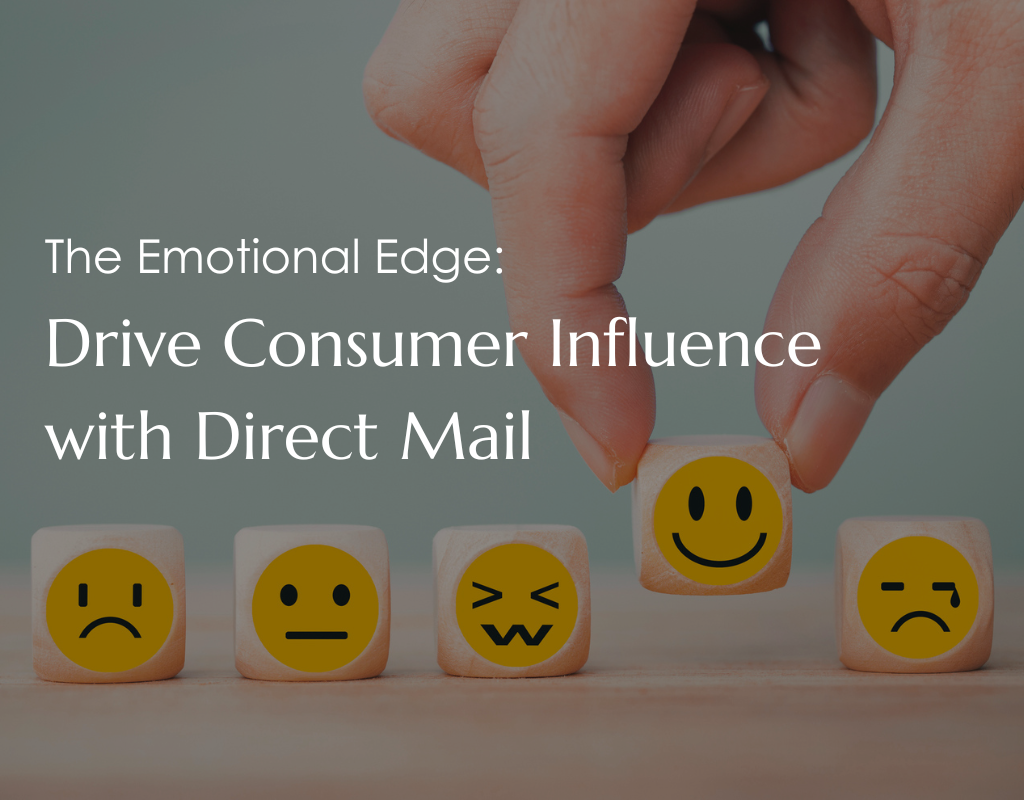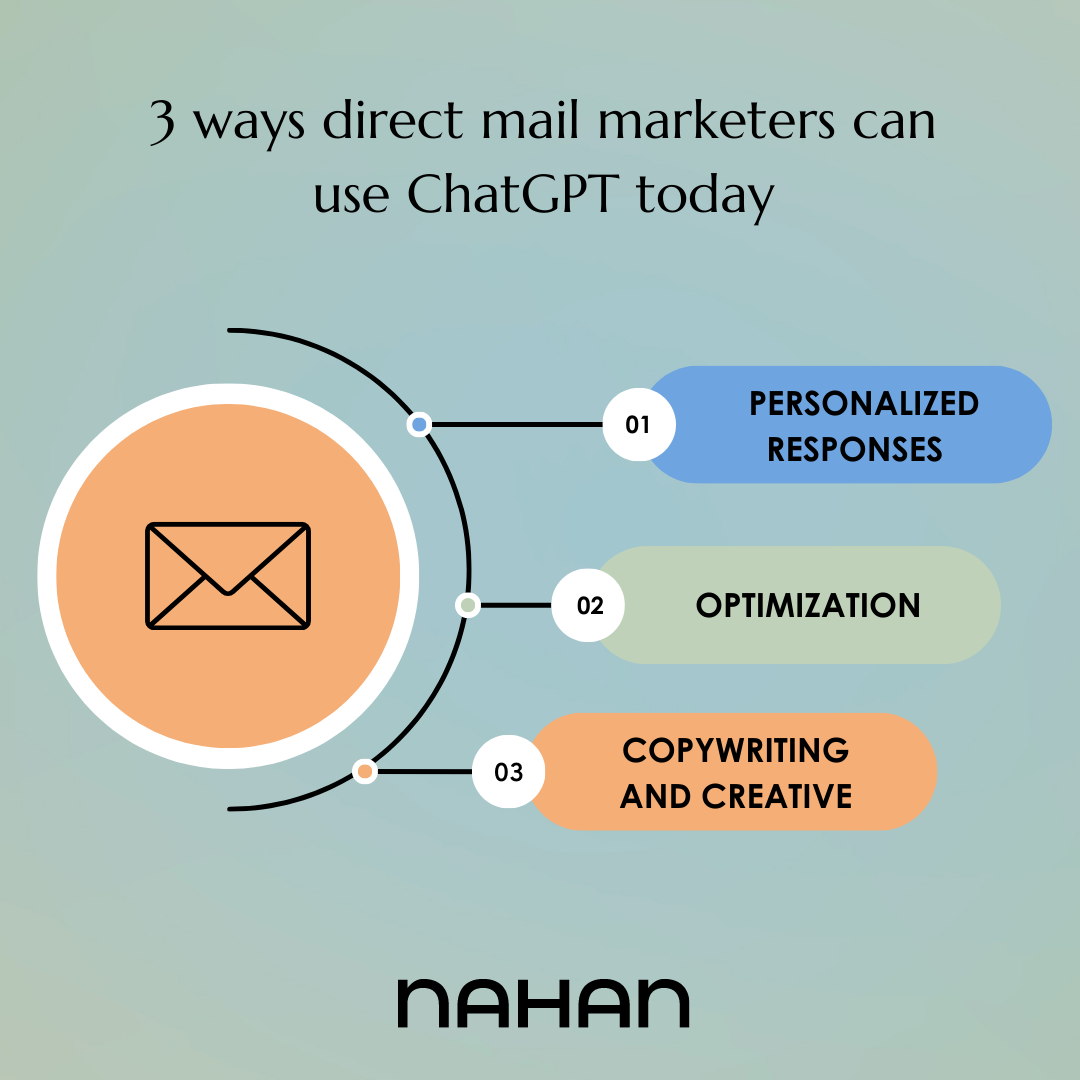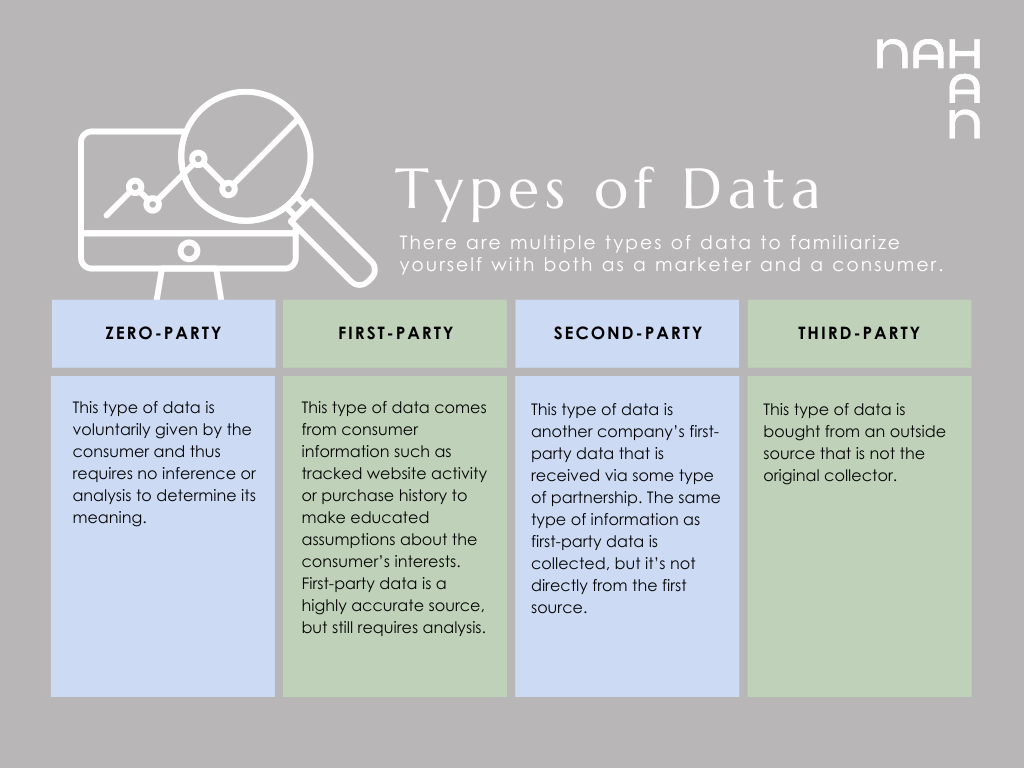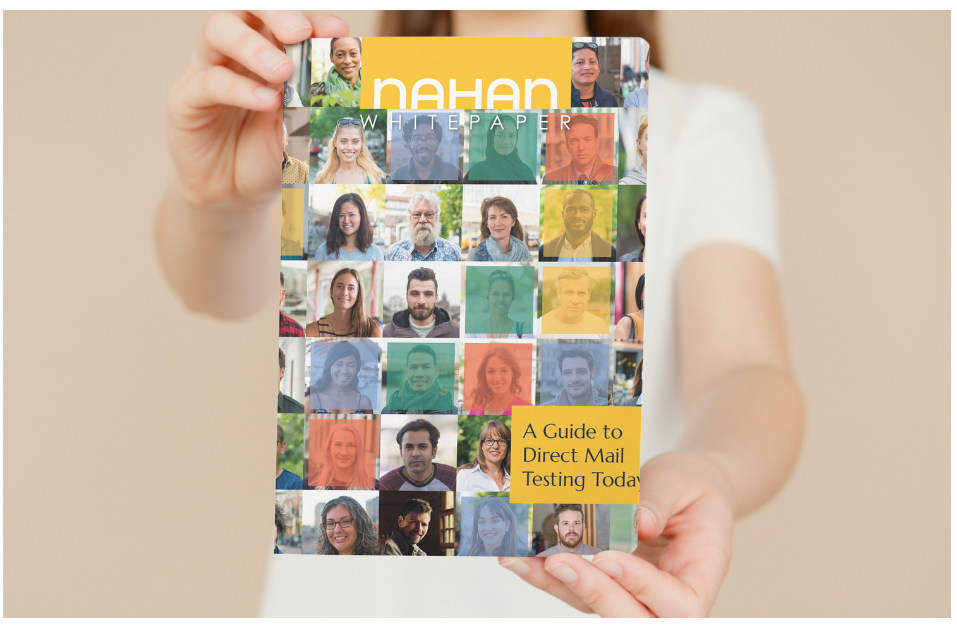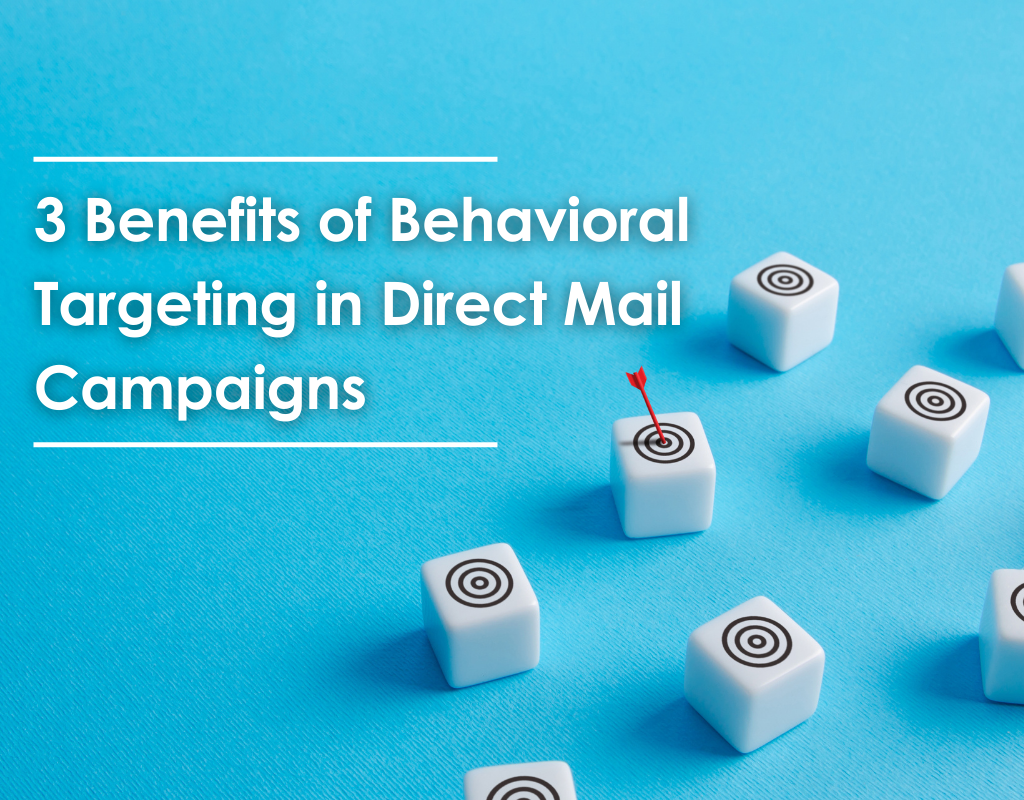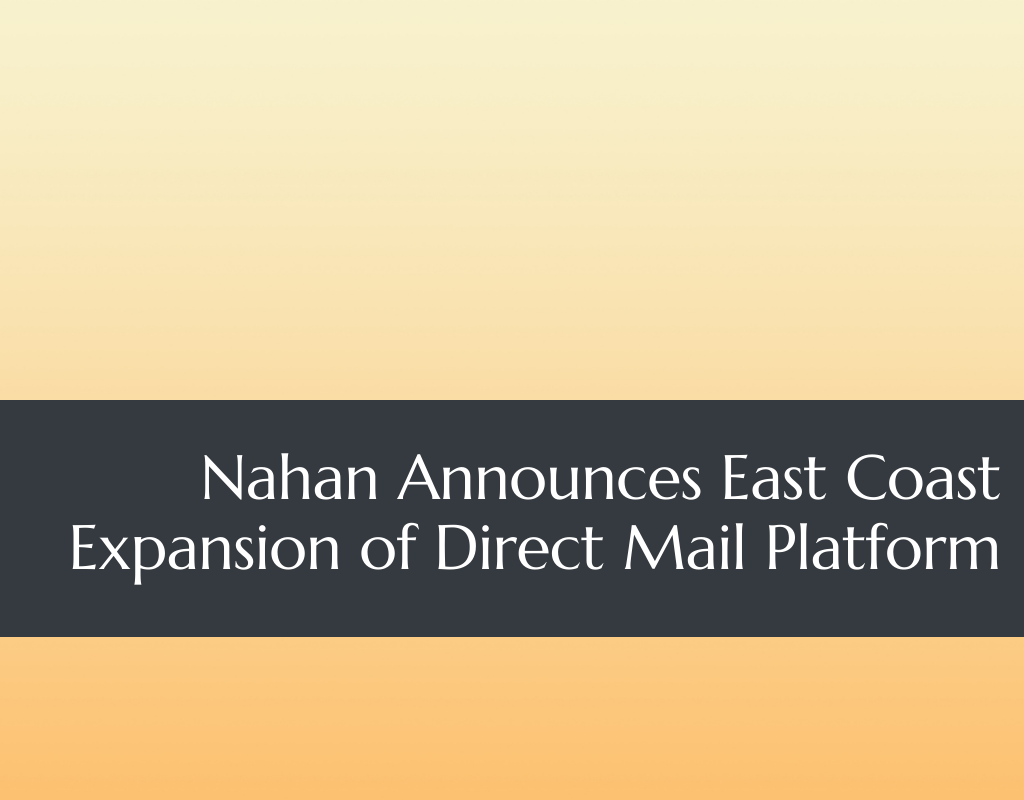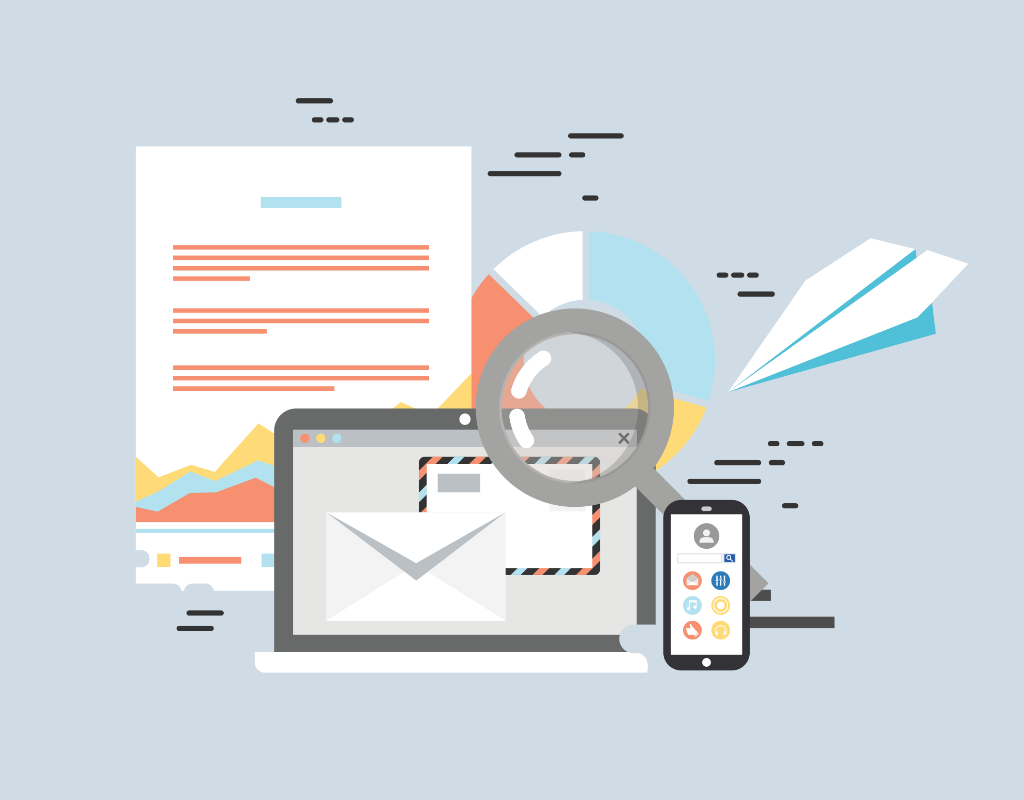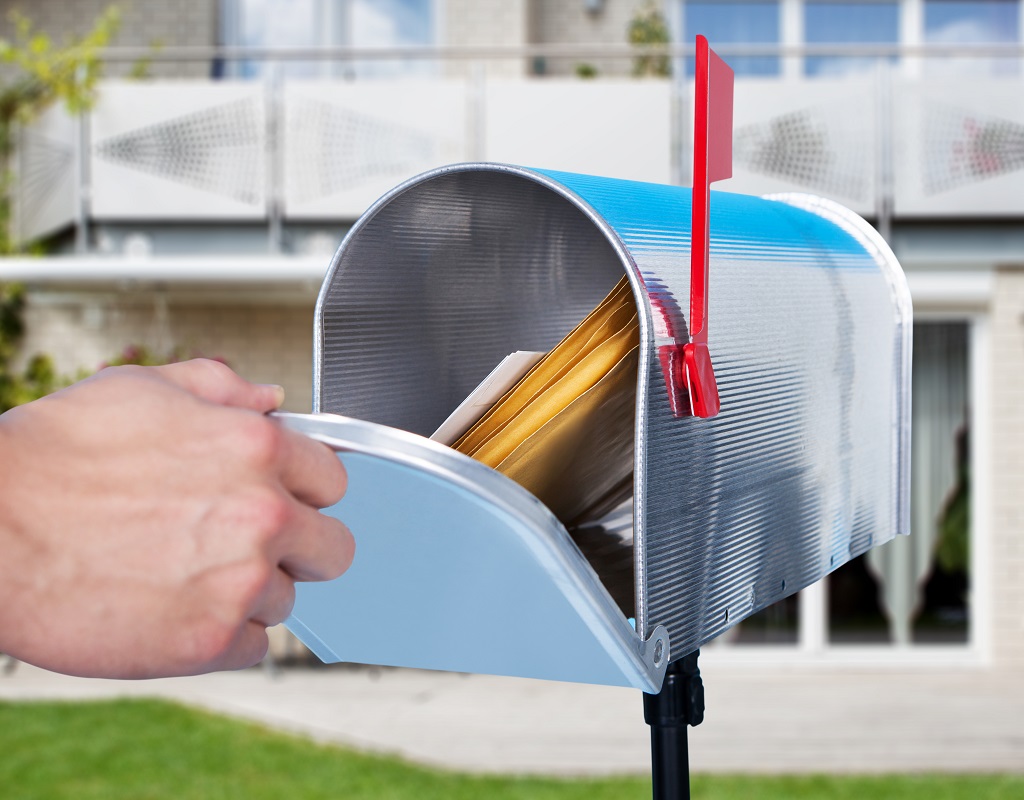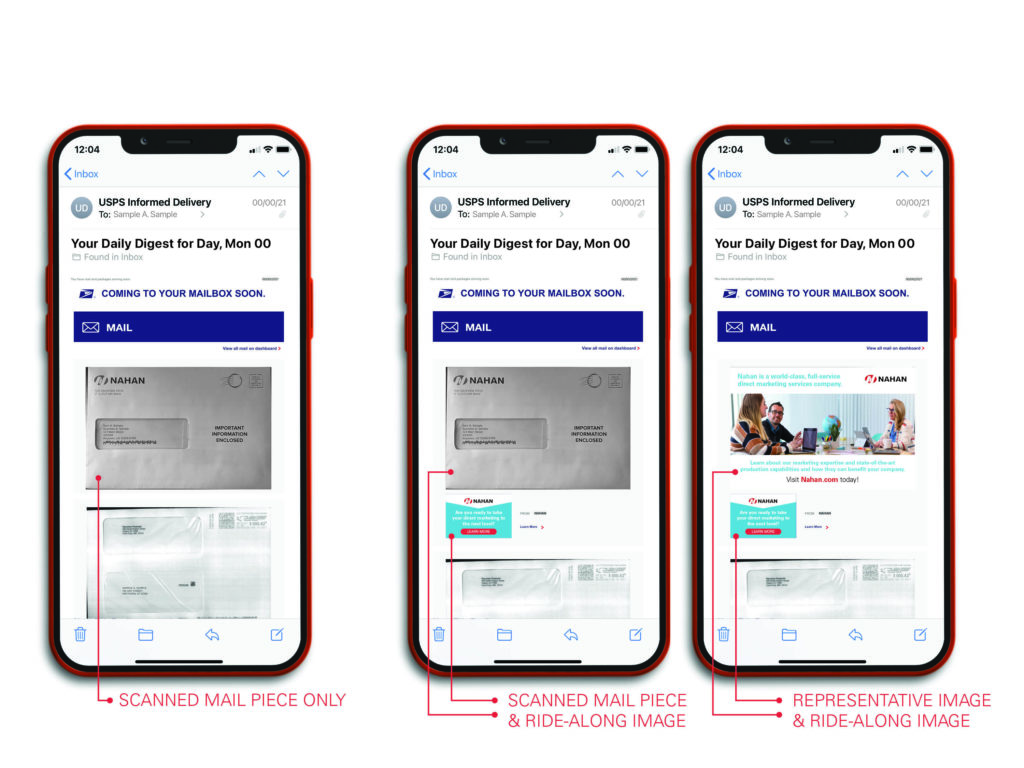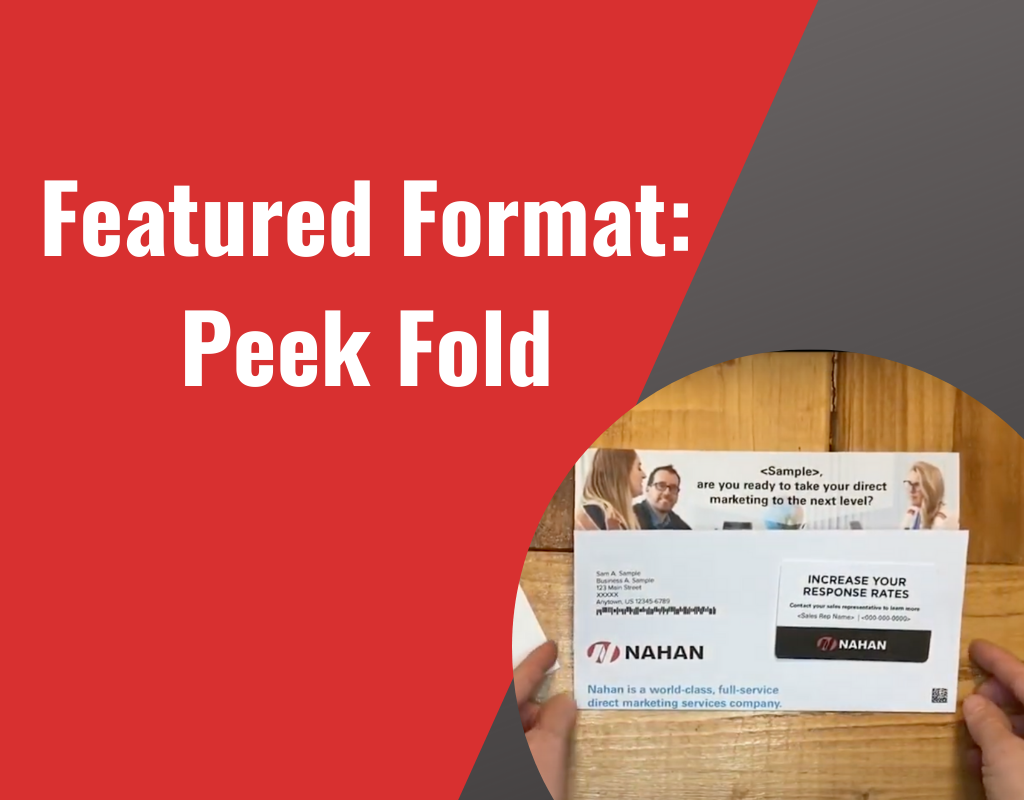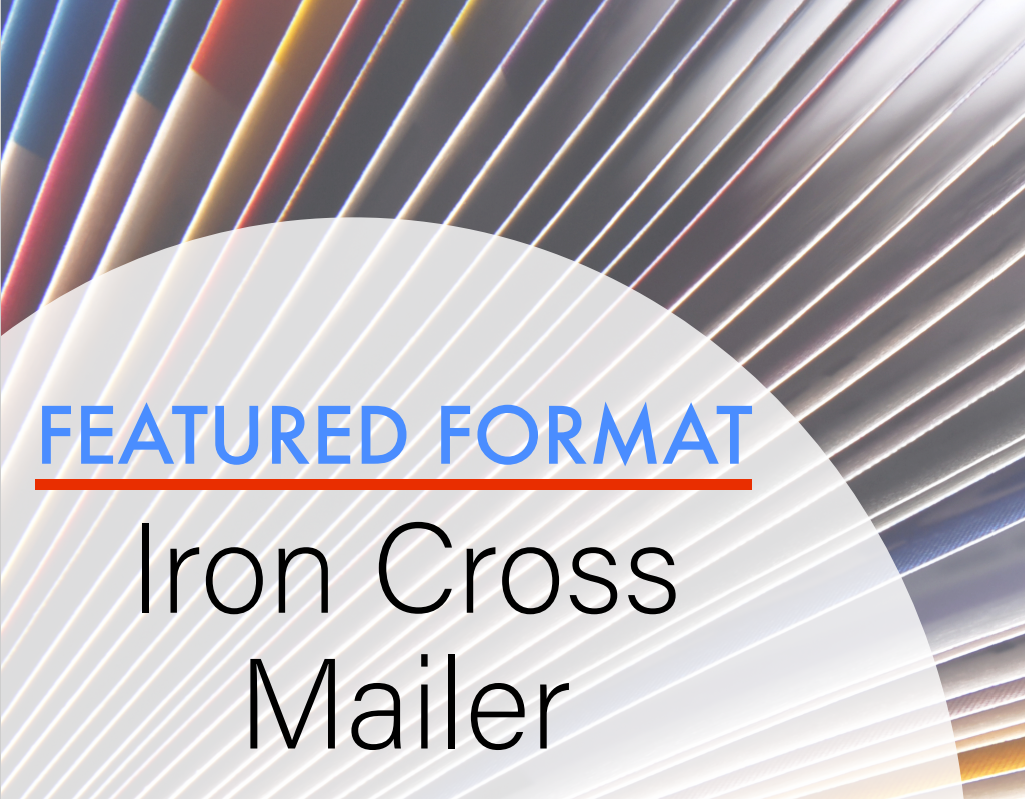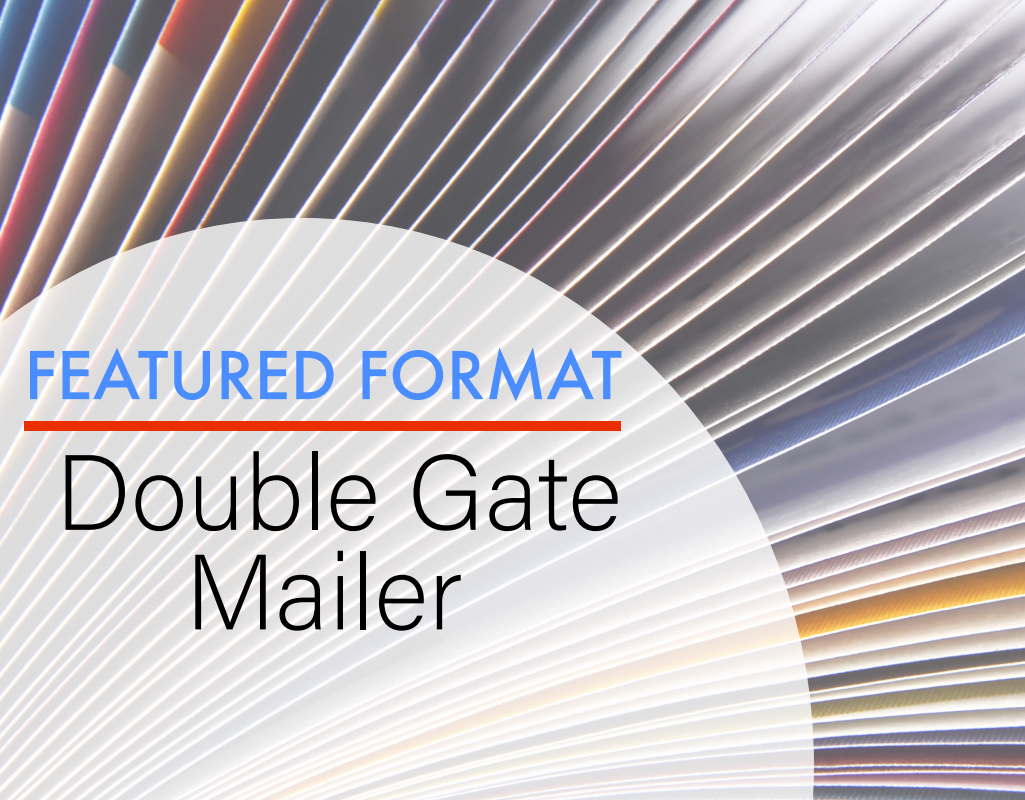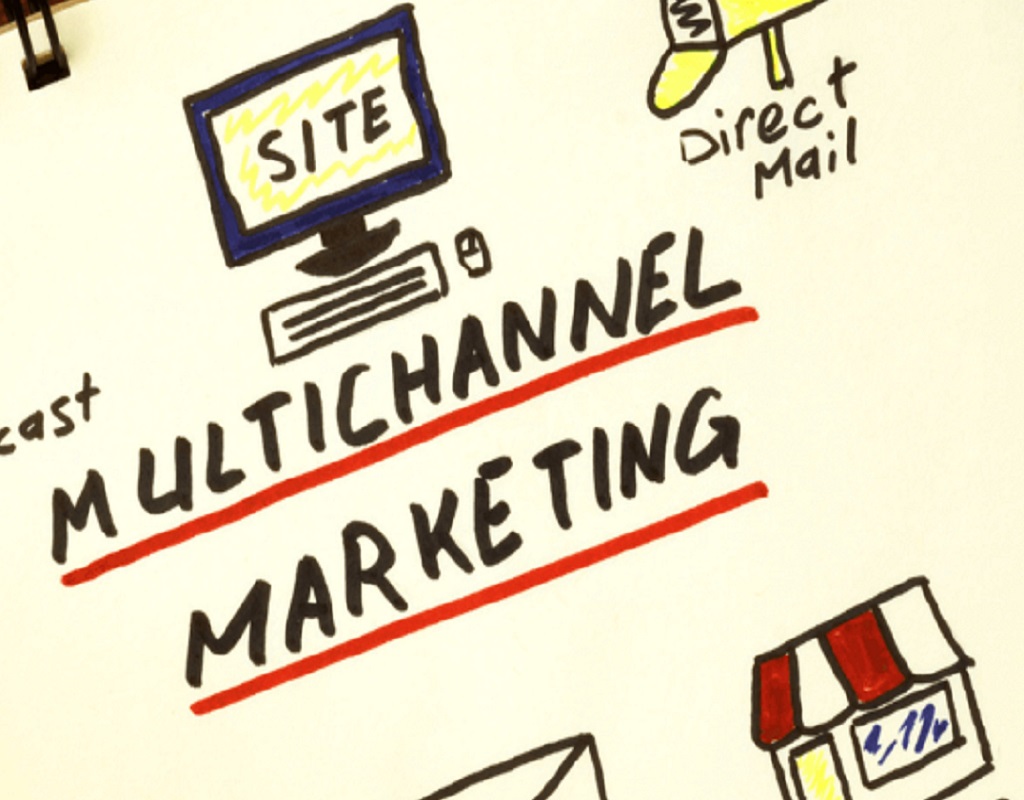USPS postal rates are continuing to climb, with the latest increase set to take effect on July 9th, 2023. As a result, direct mail marketers are becoming progressively concerned with the rising costs of campaigns. However, increased postal costs do not mean that your direct marketing budget needs to go out the window.
The Current State of Postal Rates
The proposed postal rates were approved by the Postal Regulatory Commission on May 31st, 2023. This rate increase is the fourth of its kind since the post office moved to the twice per year cadence, and the Postmaster General has been clear that increases will continue to occur twice per year at least through 2025.
As a company deeply invested in postal ongoings, two of our very own, Brandon Jacklin, Postal and Logistics Manager, and Kelly Marthaler, Sales Representative, went to Washington D.C. to collaborate with the ACMA (American Catalog Mailers Association) and Vogel Group to bring awareness around the impact of rising postal costs and tax laws to the Postmaster General Louis DeJoy. 
Direct Mail Optimization Amidst Postal Increases
What can you do about rising postal rates? Optimize, optimize, optimize! By being wise about your data, you can be strategic in mailing less, but to highly responsive consumers, lowering your postage costs.
Audience Segmentation
The more people you mail to, the more postage you must spend, plain and simple. To save on postage, marketers should perform an audience audit. Who is your responsive audience? What is your key demographic and what is their past behavior? Understanding better who your audience is will help you narrow the net you mail to. Less mail to a more responsive audience equals a higher ROI.
Predictive Modeling
Data analytics allows marketers to leverage predictive modeling techniques to identify those most likely to respond. By analyzing historical promotional data and customer files, companies can build models that predict customer behavior, response rates and conversion rates. Predictive models optimize various aspects of direct mail campaigns, such as selecting the most responsive target audience, and determining the optimal timing for mailings. By using data-driven insights, marketers can make informed decisions that maximize the impact of their direct mail campaigns and minimize the costs associated with postage.
Testing
Data analytics enables marketing to conduct testing and optimization of their direct mail campaigns. By testing different variables such as messaging, design, offers, and call-to-action, companies can measure the effectiveness of each element and make data-driven decisions to improve their campaigns. Through continuous testing and optimization, businesses can identify the most impactful strategies, refine their mailings, and achieve better results while mitigating the impact of rising postal rates.
Integration with Digital Marketing
Data analytics also plays a crucial role in integrating direct mail campaigns with digital marketing efforts. By leveraging customer data from various sources, such as online interactions, social media, and previous email campaigns, businesses can create a comprehensive view of their customers’ preferences and behaviors. This integrated approach allows for a cohesive and consistent customer experience across different marketing channels. Data analytics helps in identifying the most effective touchpoints, enabling businesses to create a seamless and personalized omnichannel experience that maximizes engagement and conversion rates.
Don’t let rising postal rates get you down. Instead, focus on ways to optimize your direct mail campaigns to ensure a high ROI. Being smart about your data is one of the necessary tools marketers can use to achieve this optimization.
If you’re ready to test smarter and drive ROI for your program, fill out the form below for the full guide to direct mail testing today!


